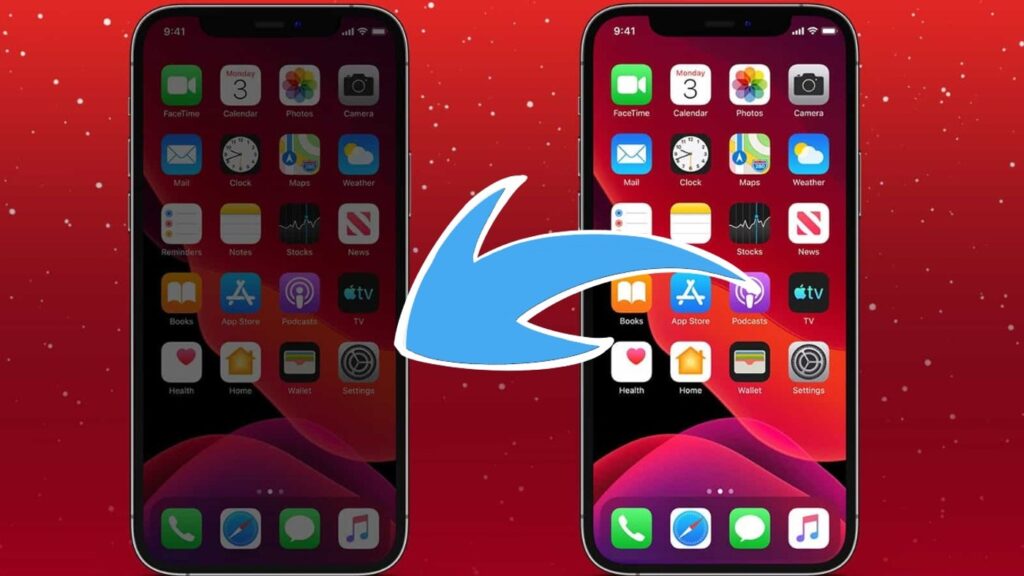iPhone users may notice that their screens unexpectedly darken, especially during the summer months. What are the scientific reasons behind this, and how has Apple addressed this issue?
Sunlight Causes Overheating and Freezing in iPhones
Direct effects of sunlight can excessively heat iPhones. This heating can limit the processor performance, causing the device to slow down and even experience freezing during gaming or video calls. The increase in temperature also slows down or stops the charging process, as providing power to the battery also generates extra heat within the device.
Measures Taken by iPhone Against Overheating
iPhones use several methods to protect themselves from excessive heat. Firstly, the device automatically reduces processor performance when it overheats. This consumes less energy and thereby produces less heat. Secondly, by dimming the screen, it reduces energy consumption and minimizes heat production. This temporarily reduces the visibility of the screen but prevents the device from overheating further. Additionally, OLED screens used at high brightness for a long time carry a risk of burning. Apple has programmed to automatically reduce screen brightness to prevent such situations.
These protection mechanisms are important for extending the device’s lifespan and improving user experience. Especially in outdoor usage, the automatic adjustment of iPhone screen brightness over time is critical for both user comfort and device safety. These processes demonstrate how Apple balances hardware and software and prioritizes user needs. Ultimately, the darkening of the iPhone screen should be considered as one of the device’s self-protection methods.
Source: Apple Explained
